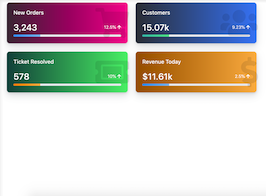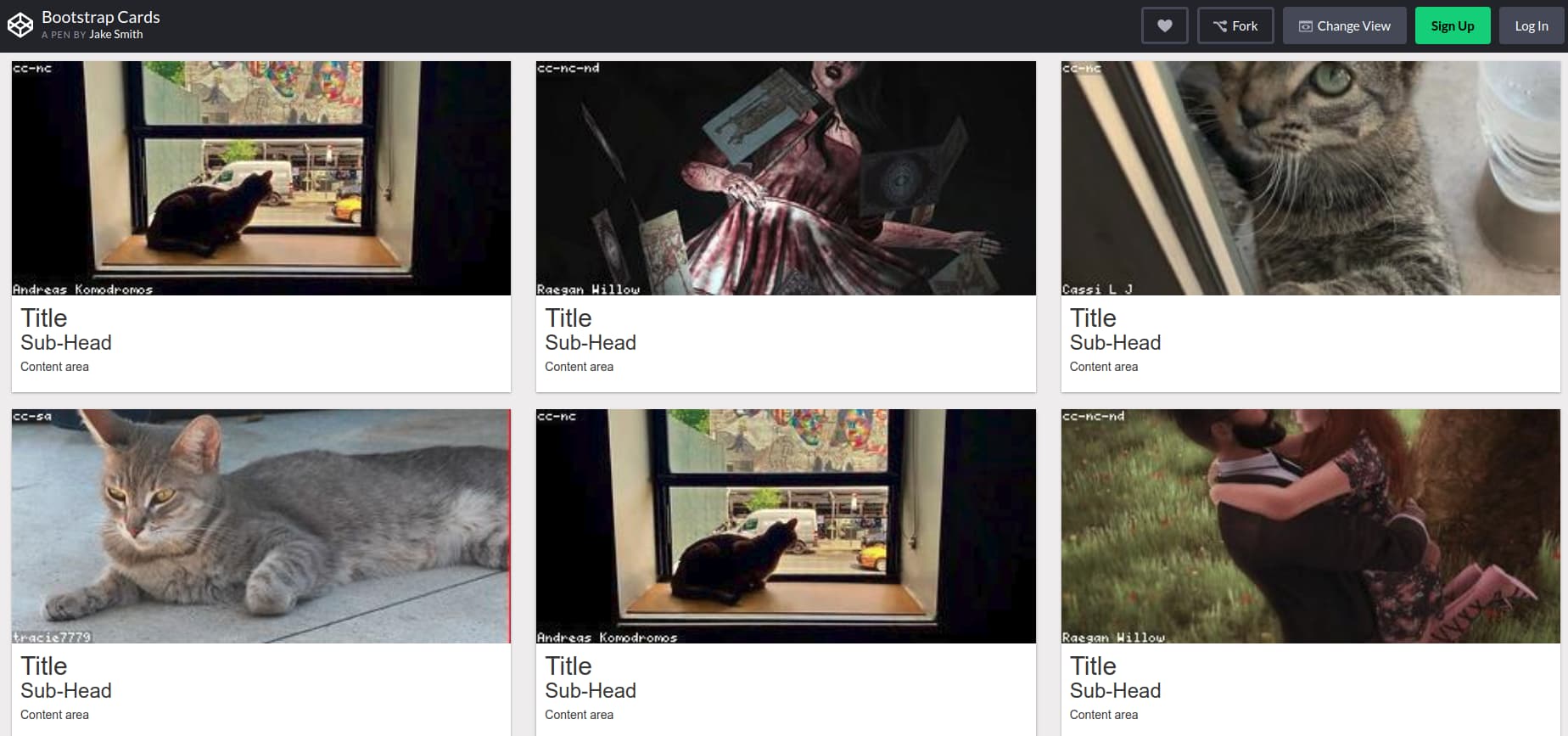

The only time this is really useful is when you are trying to achieve special glow or abstract effects. By choosing different curve profiles, you can get the shadow to fade out in different ways. The Contour shapes allow you to change the falloff of the Photoshop shadow effect in a non-linear fashion. In the following example, increasing the size of the shadow gives us flexibility over controlling not only the overall size of the shadow, but the softness of it as well.

As you increase the size, the shadow grows in 1 pixel increments. When it is set to 0, the shadow is exactly the same size as the shape of the object. The Size slider changes the apparent size of the drop shadow in Photoshop. In the following example, increasing the spread percentage changes the falloff of the shadow so that it stays darker longer as it fades out at the edge. The Spread slider changes the falloff of the drop shadow text in Photoshop in a linear fashion, or in other words, how gradually it fades out at the edges.įor a typical drop shadow text effect in Photoshop, you will normally want to leave this at 0%, but for harder shadows you should increase it, and for shadows with hard edges or even extra strokes you can set it all the way to 100%. In the following example, increasing the distance gives the effect that the text on the left is hovering just above the background while the text on the right is farther away. The drop shadow Photoshop effect is achieved by altering the distance between the subject and the drop shadow itself. The Distance slider changes the apparent distance between the subject and the background. In the following example, changing the angle of the light source changes the way in which the shadow falls, and since "Use Global Light" is checked, it also changed the light angle for the Bevel and Emboss effect as well. The recommended setting is "checked" for most cases, because we want to have a uniform light source for the most cohesive-looking effect. By leaving it unchecked, you can change the light angle for the Photoshop drop shadow independently of other effects. By turning the "Use Global Light" checkbox on, any changes you make to the angle of the drop shadow will also change the angle of the light sources used in other effects like Bevel and Emboss, Inner Shadow, etc. The Angle spinner and corresponding box allow you to change the apparent angle that the light source comes from. In the following example, you can see that simply by changing the opacity from 25% to 60%, the drop shadow in Photoshop becomes much more prominent. A setting of 0% is completely seethrough, while 100% is completely opaque. The Opacity slider allows you to specify how transparent your Photoshop shadow effect will be. One simple change can make a totally different-looking drop shadow Photoshop style. In the following example, you can see that the color of the shadow on the left is black, while the color of the shadow on the right is a dark maroon color. By default, the shadow color will be black, but you can add a tint of color or even try something outrageous to get special effects. This is also where you set the color of your Photoshop shadow effect by clicking the color block next to the Blend Mode dropdown menu. If you are unfamiliar with how all the different Blending Modes work, I highly recommend checking out the Blending Is Fun Basix tutorial. Typically you will want this to be Multiply or Linear Burn, so that your shadow darkens the layer that is behind it.

The Blend Mode allows you to set the blending mode for your drop shadow text effect. A subtle drop shadow in Photoshop is also one of the best effects to give your design a little pick-me-up.
#BOOTSTRAP 4SHADOW CARDS HOW TO#
The Drop Shadow Dialog Box is a good place to start for beginners because the settings are pretty basic and will give you an overall feel of how to use the rest of the effects as well. Let's take a look at how to add a drop shadow in Photoshop using the handy Layer Styles dialog box. By changing only the settings of the Photoshop shadow effect, you can dramatically change the look of an image. The shadow can indicate how big the light source is and where it is coming from, as well as how far away an object is from the background. This is done by creating an offset shadow behind an object to indicate that the object is hovering above the background in 3D space.īelow you will see an example of how a drop shadow is made in Photoshop. Find all the elements on your blog that have a box-shadow.The traditional use for a drop shadow is to simulate 3D depth in a 2D image.


 0 kommentar(er)
0 kommentar(er)
